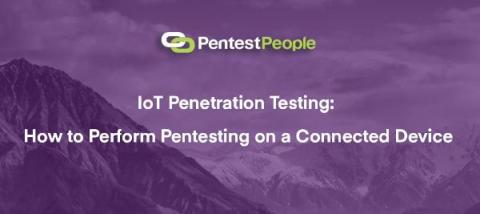How to choose the right penetration testing partner for your business
In today’s digital landscape, cybersecurity threats are evolving at an alarming rate. With the growing number of cyber-attacks and data breaches, businesses must prioritise their security measures to protect sensitive information and safeguard their reputation. Penetration testing is an essential component of this defence strategy.








